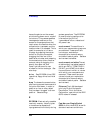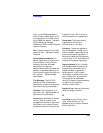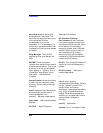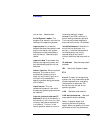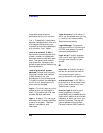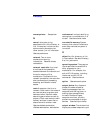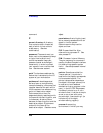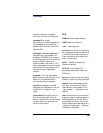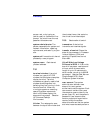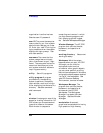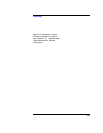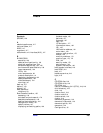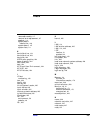
230
Glossary
shell command An instruction
you give the system to execute a
utility program or shell script
See also shell script, utility
program.
shell script A file that contains
commands that the system can
interpret and run in a shell.
shutdown The process of taking
the system from multi-user state
to system administration state.
slider One of the components of a
scroll bar. The slider is the object
that is dragged along the scroll
area to cause the window’s
contents to move, exposing
previously hidden content.
Small Computer System
Interface (SCSI) An IEEE
standard for interfacing a
computer to multiple, disparate
high-speed peripherals such as a
disk drive, a CD-ROM drive, or a
scanner, etc., singly or in
combination See also Ultra2
Wide Low-Voltage Differential
SCSI, Fast Narrow Single-Ended
SCSI.
SPA. Soft Physical Address. See
also soft physical address.
soft physical address. This is a
location in system memory
associated with the DIMM cards.
standalone A workstation that is
not part of a cluster See also
cluster.
Style Manager The HP CDE
application that provides the
ability to customize various
user-interface aspects of your
system, including colors, fonts,
keyboard and mouse attributes,
session start-up and termination
behavior, and access to other
workstations.
subdirectory A directory that is
located in, or anywhere on a path
below, another directory. The
directory above the subdirectory is
called the “parent directory.” A
subdirectory is also referred to as a
“child directory See also parent
directory.
superuser A user with permission
to enter any directory and make
changes to files and programs that
typical users are not allowed to
change. To “become superuser” or
“become root” means to let the
system know that you are now
assuming the role of system
administrator. You can do this
either by logging into the system



